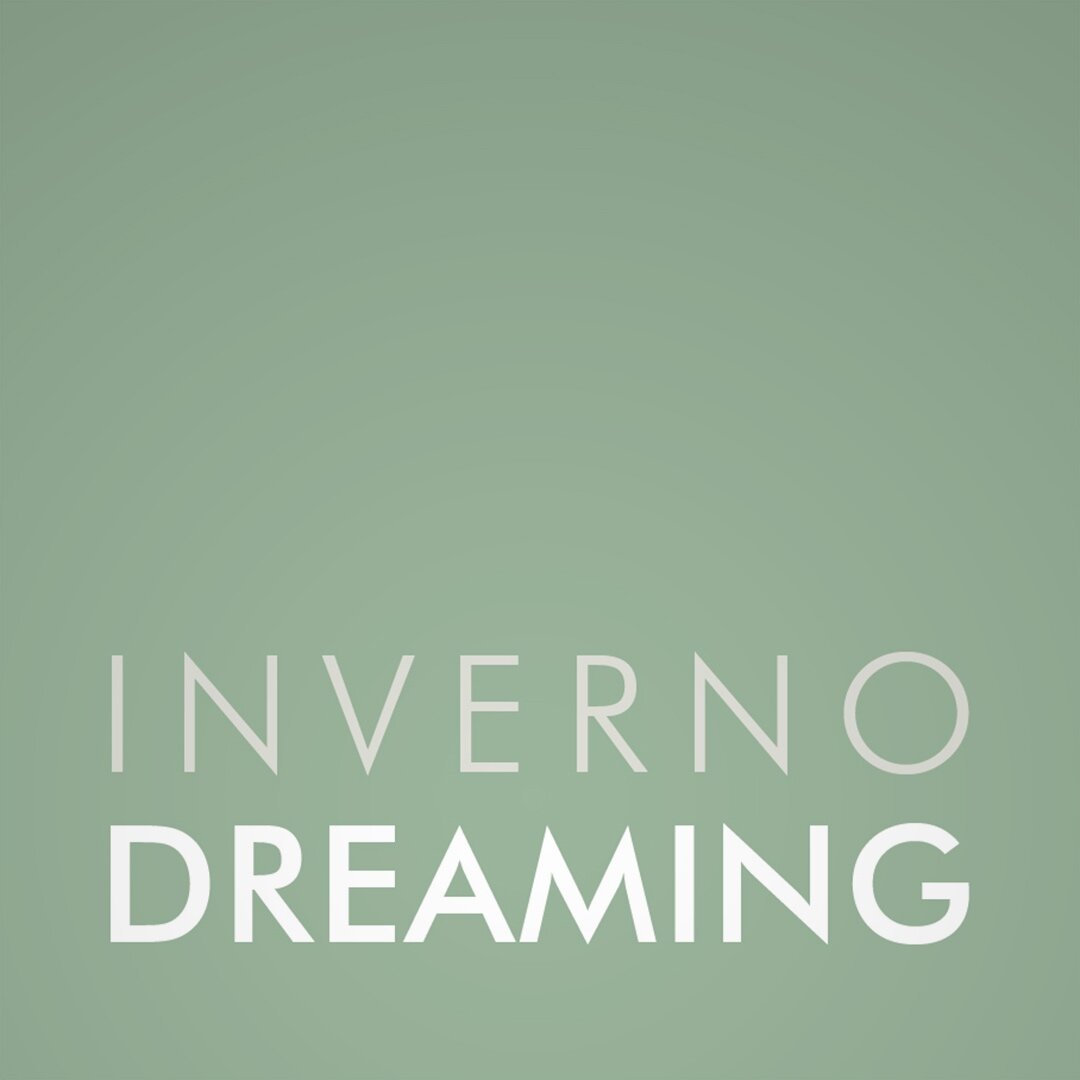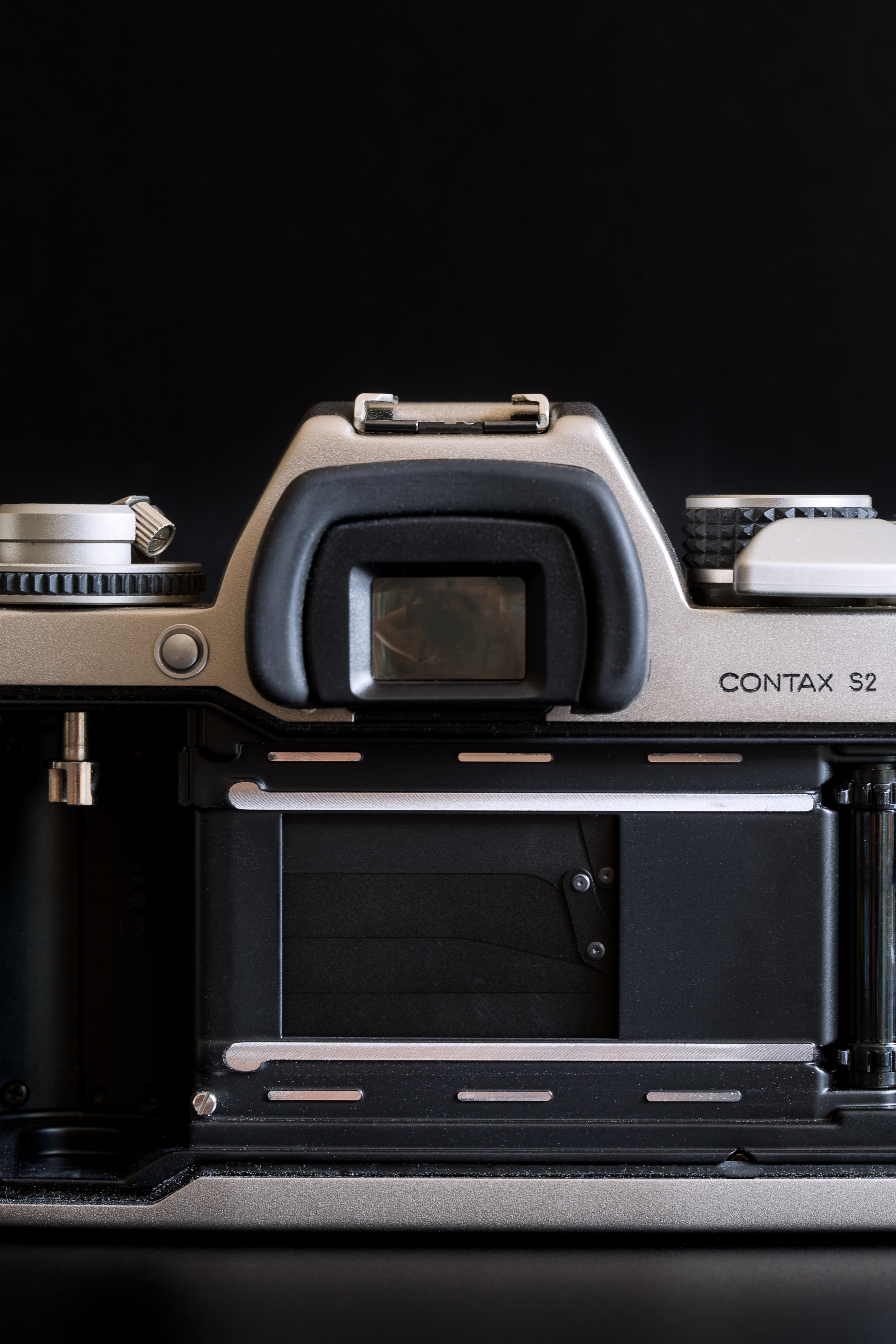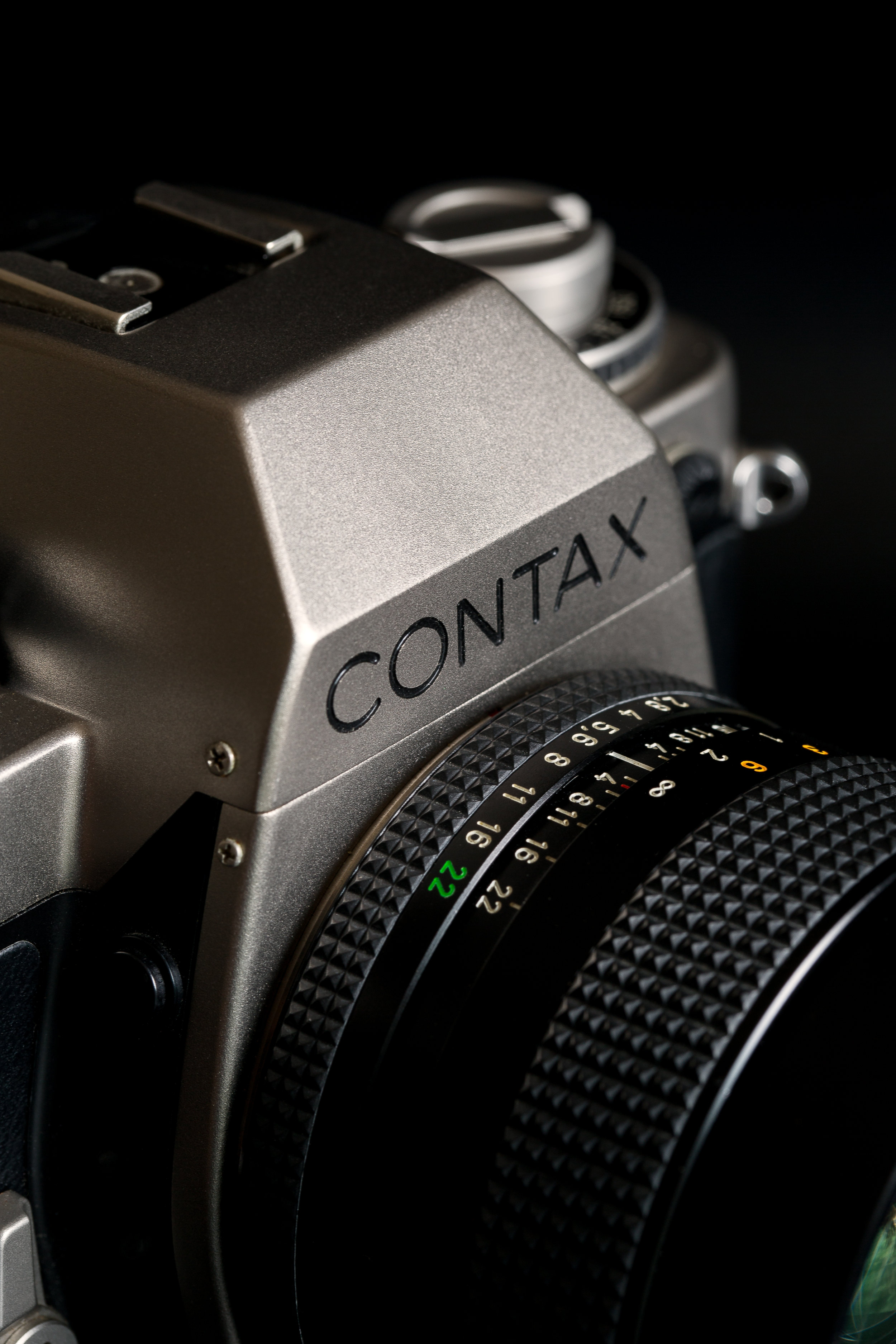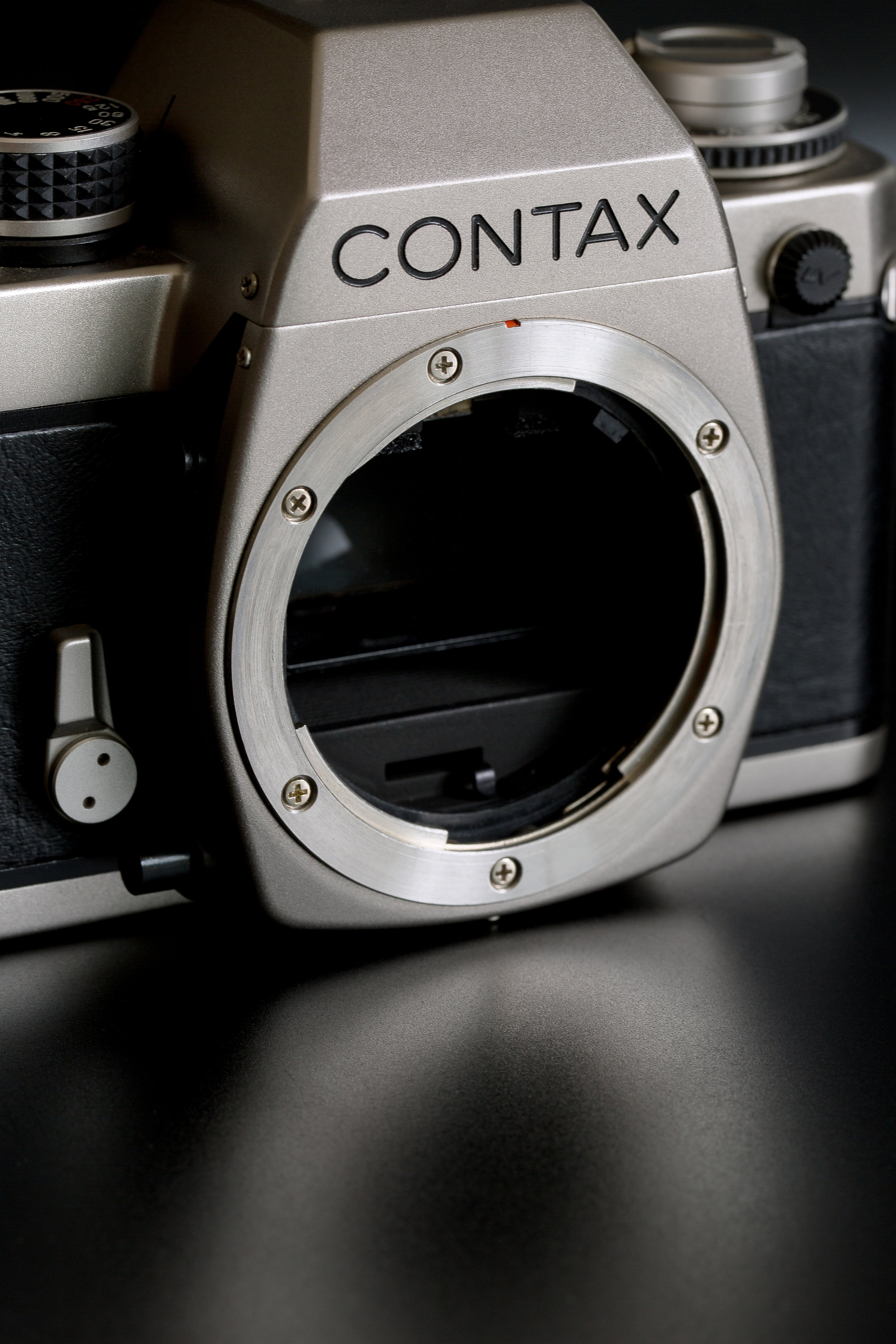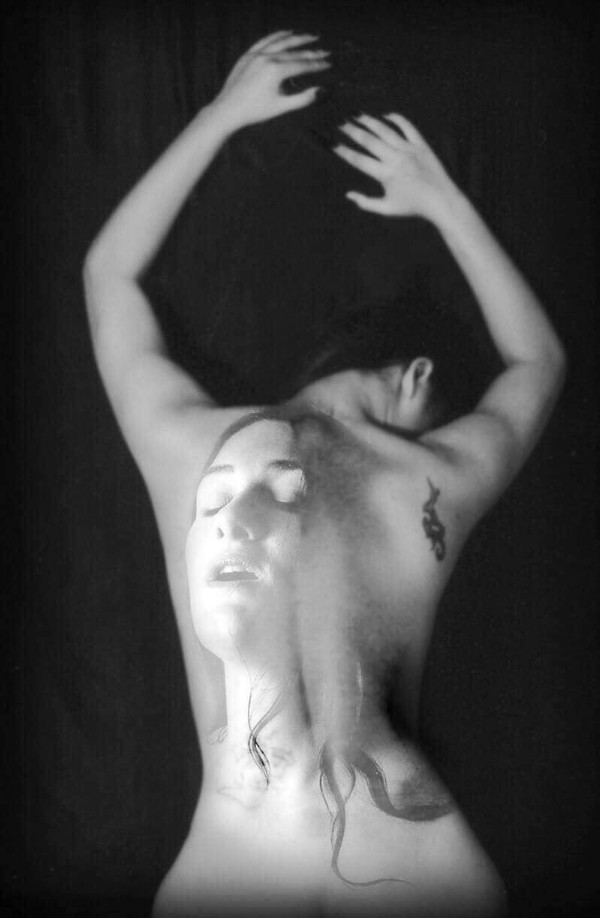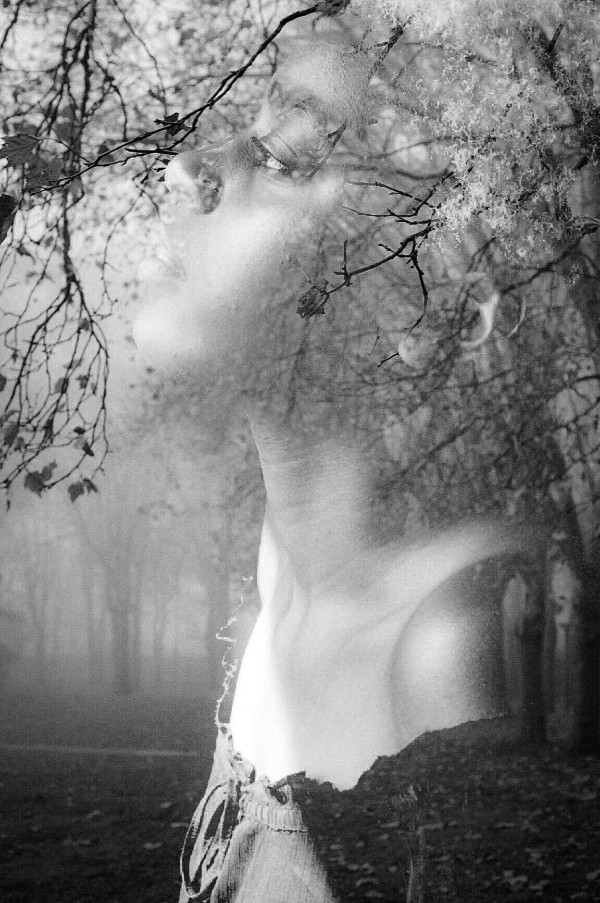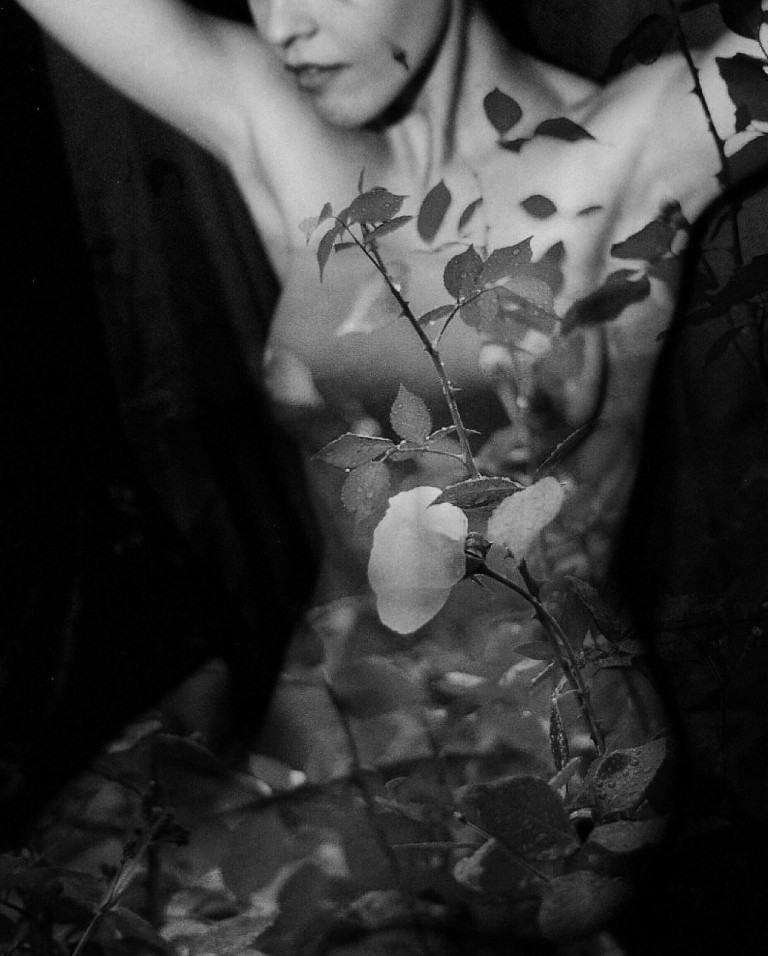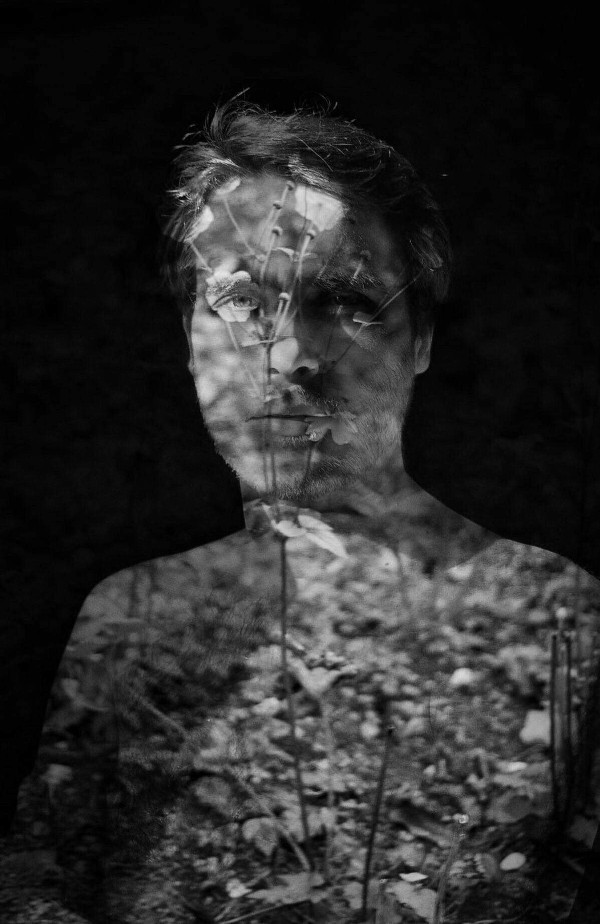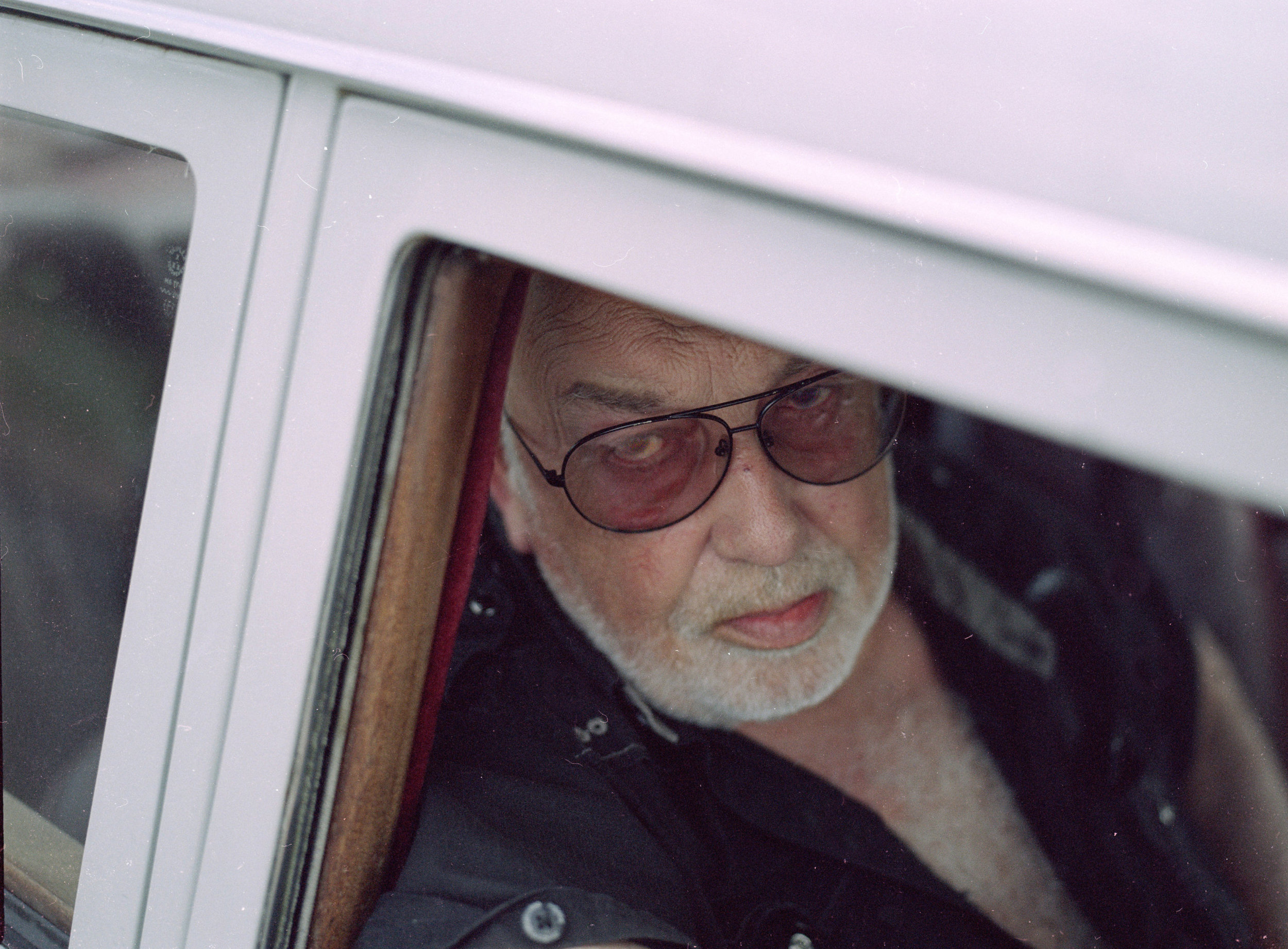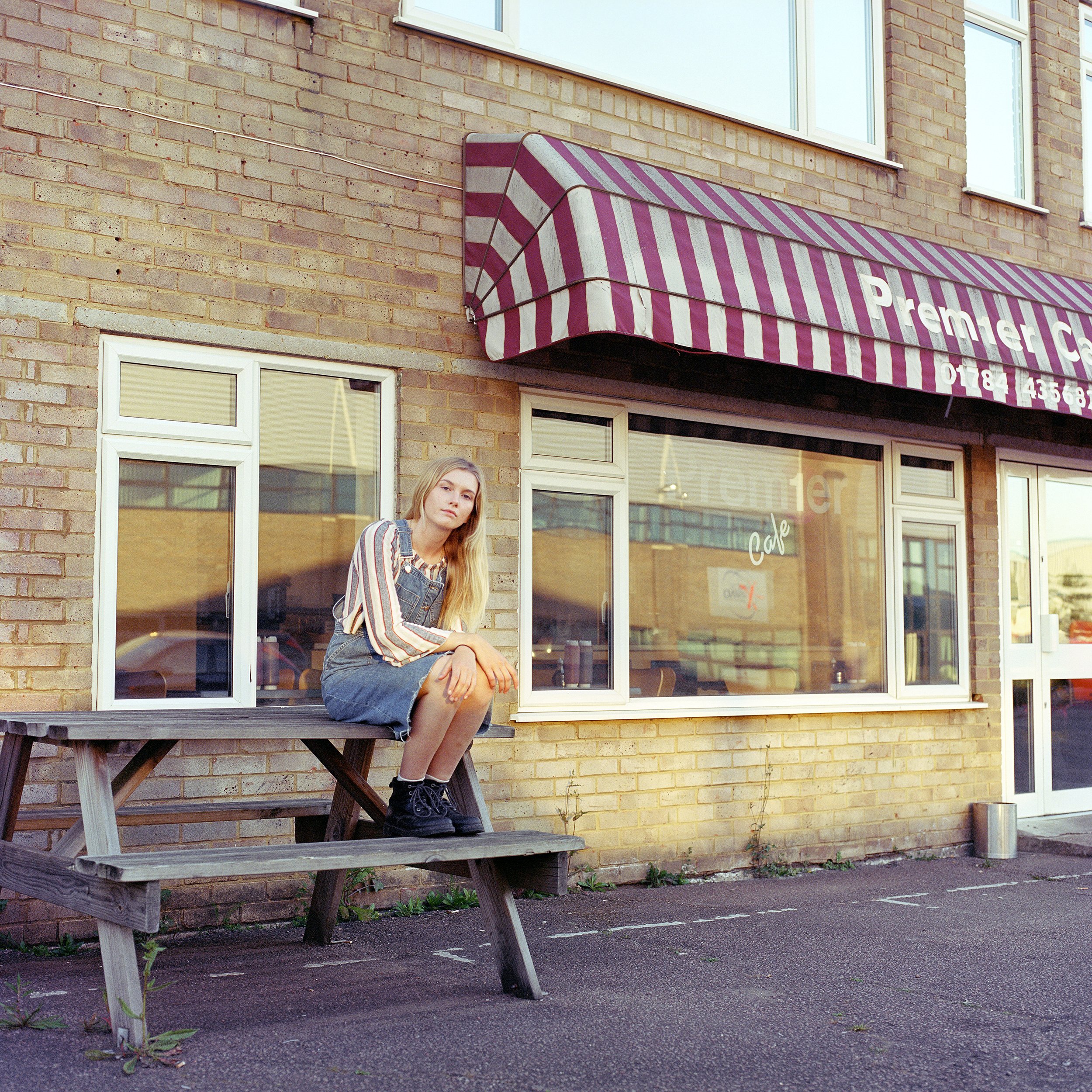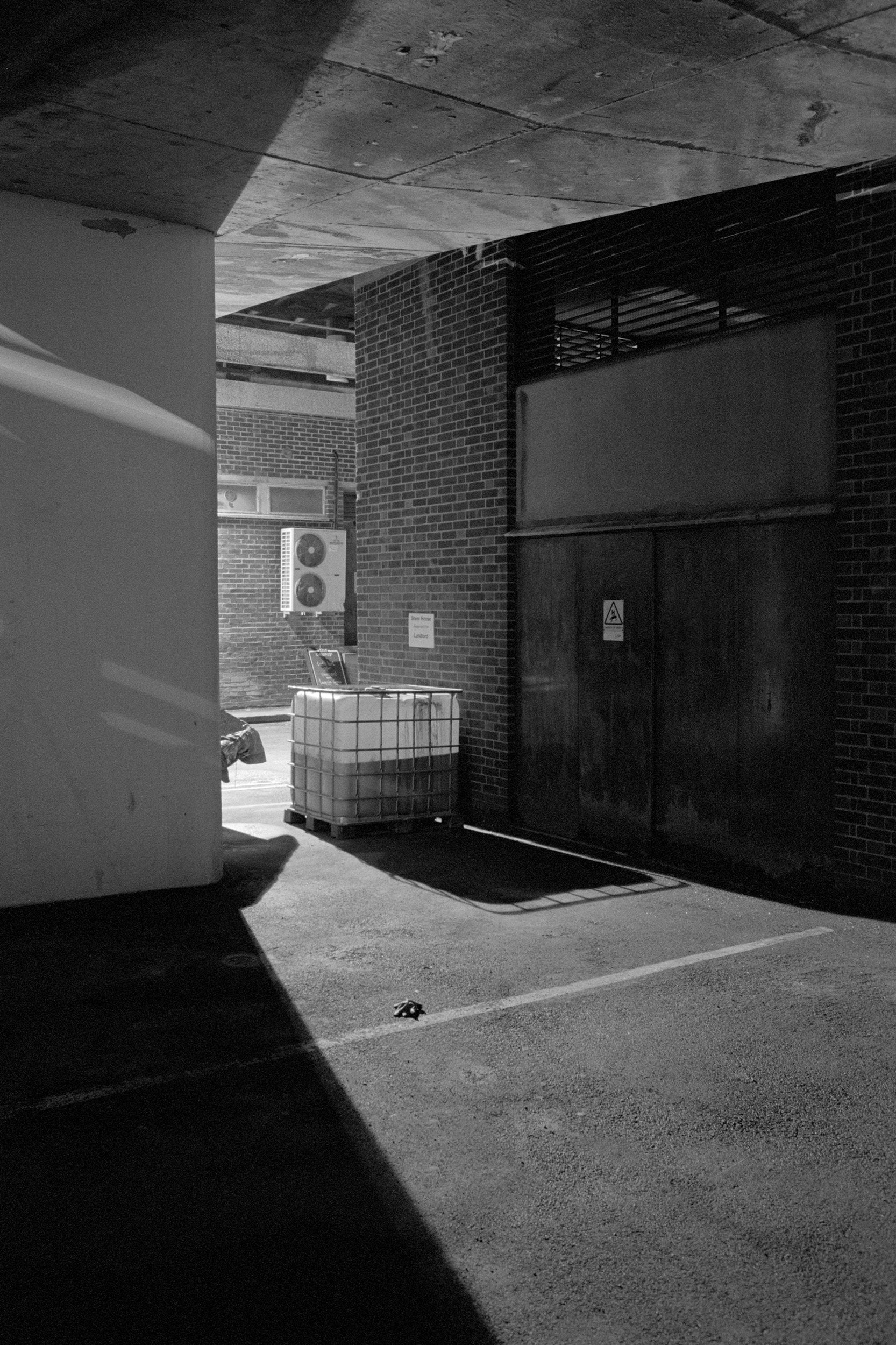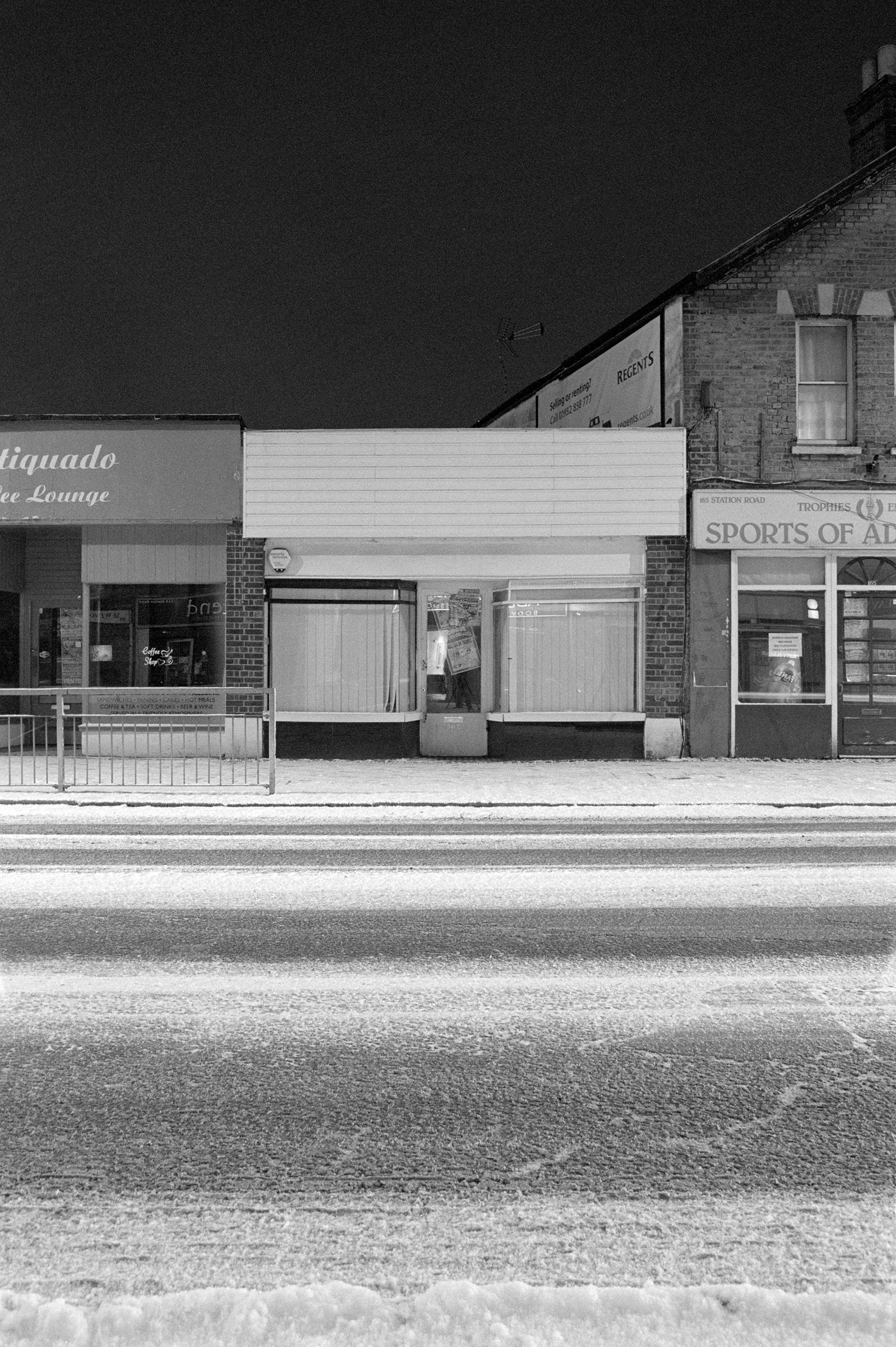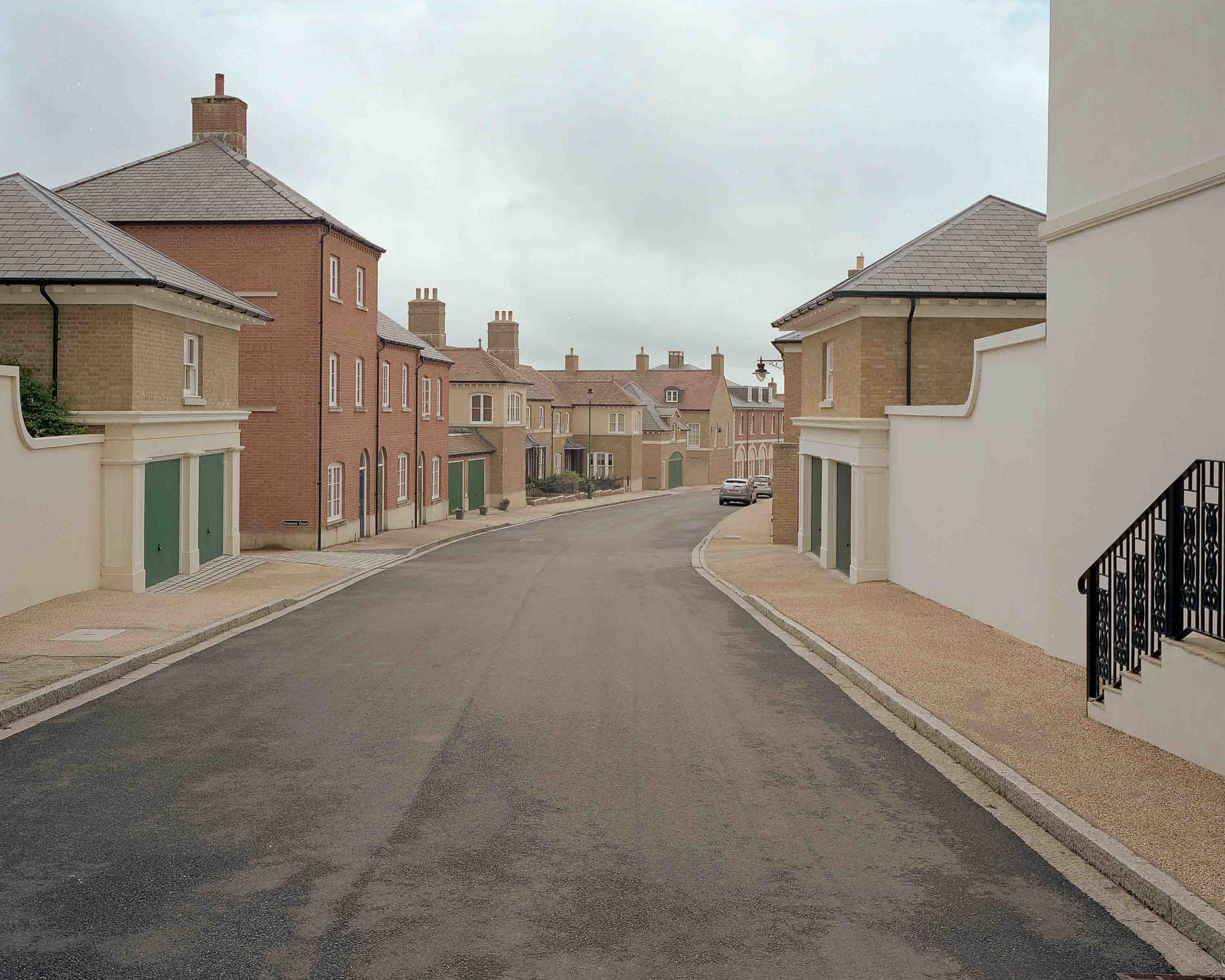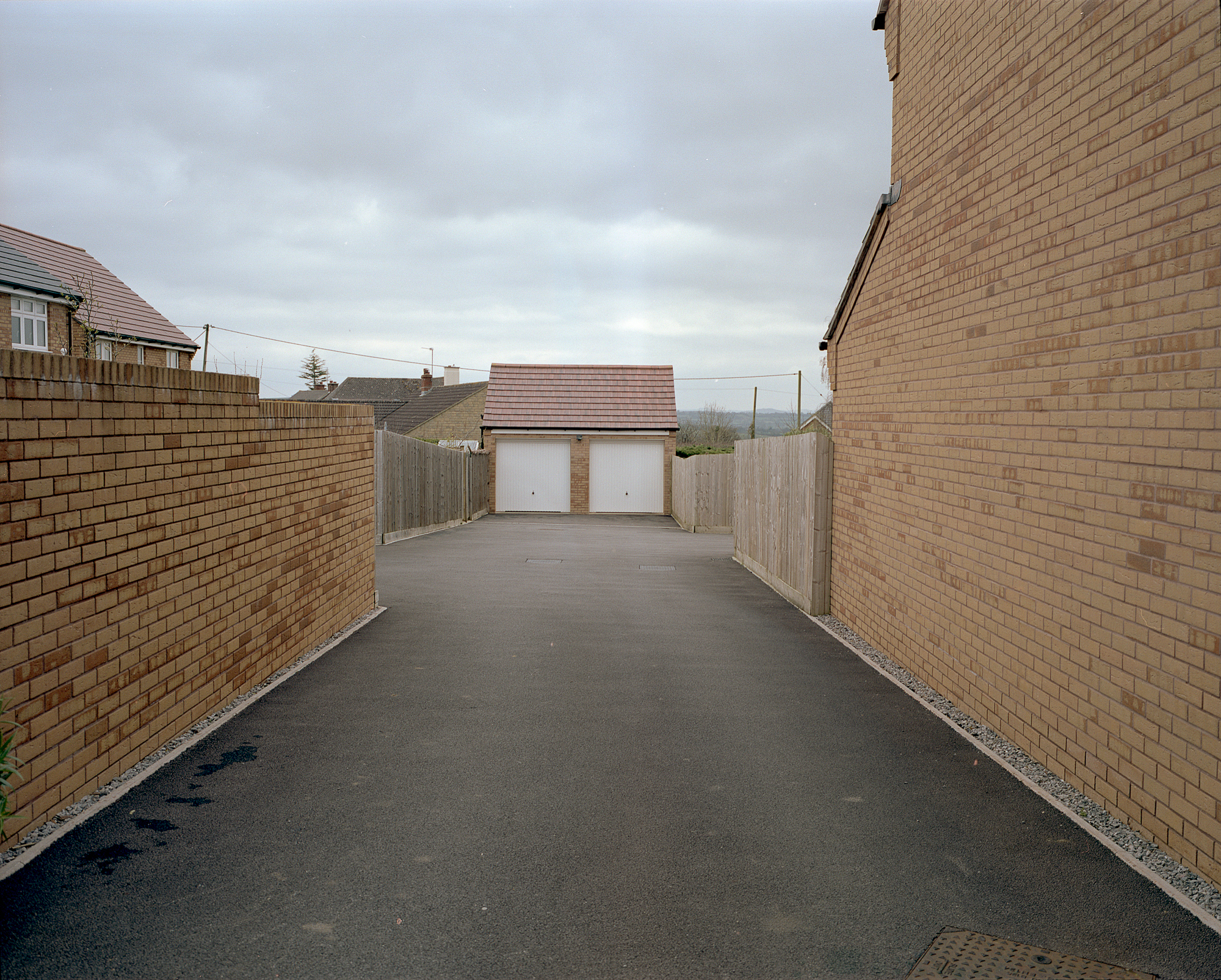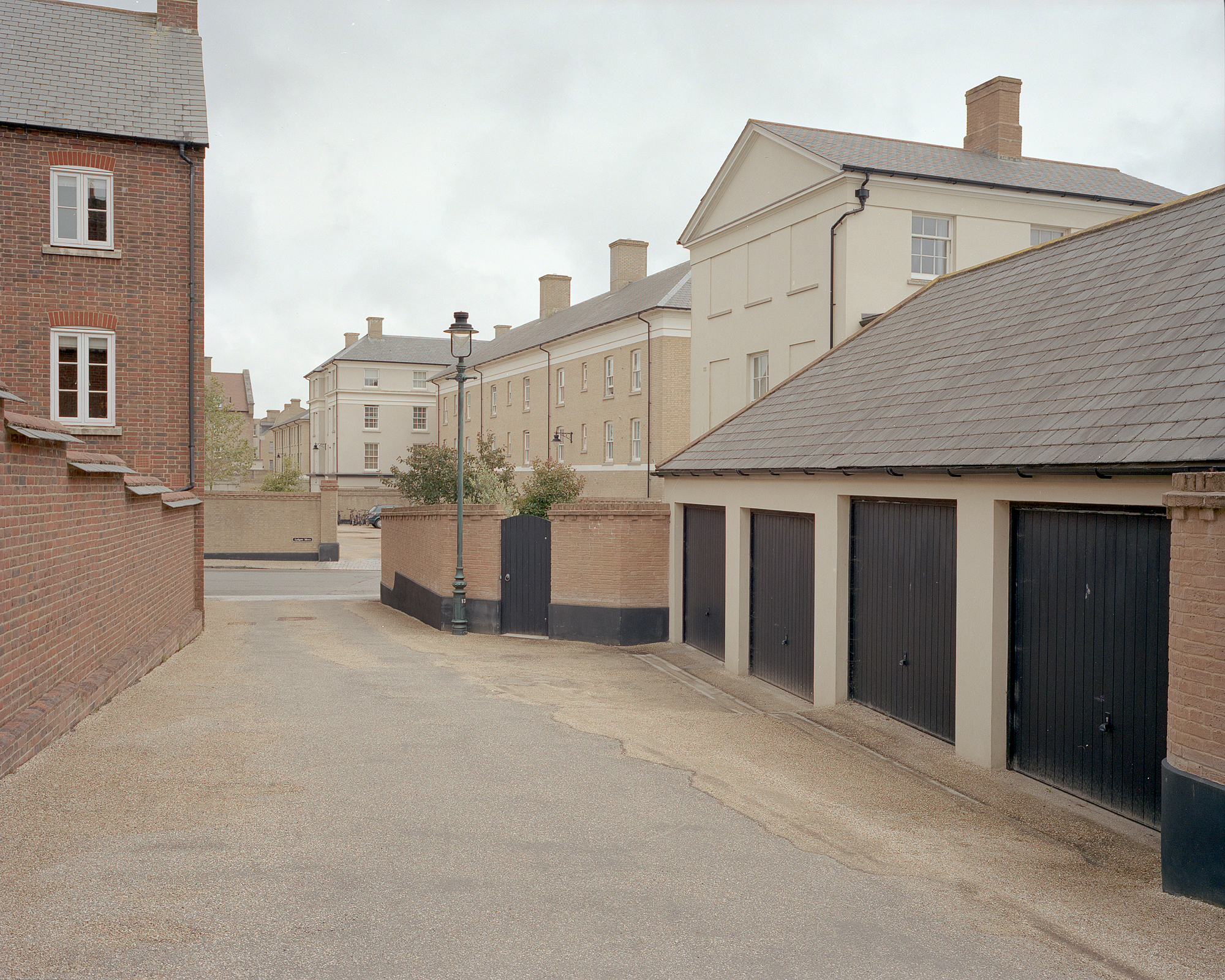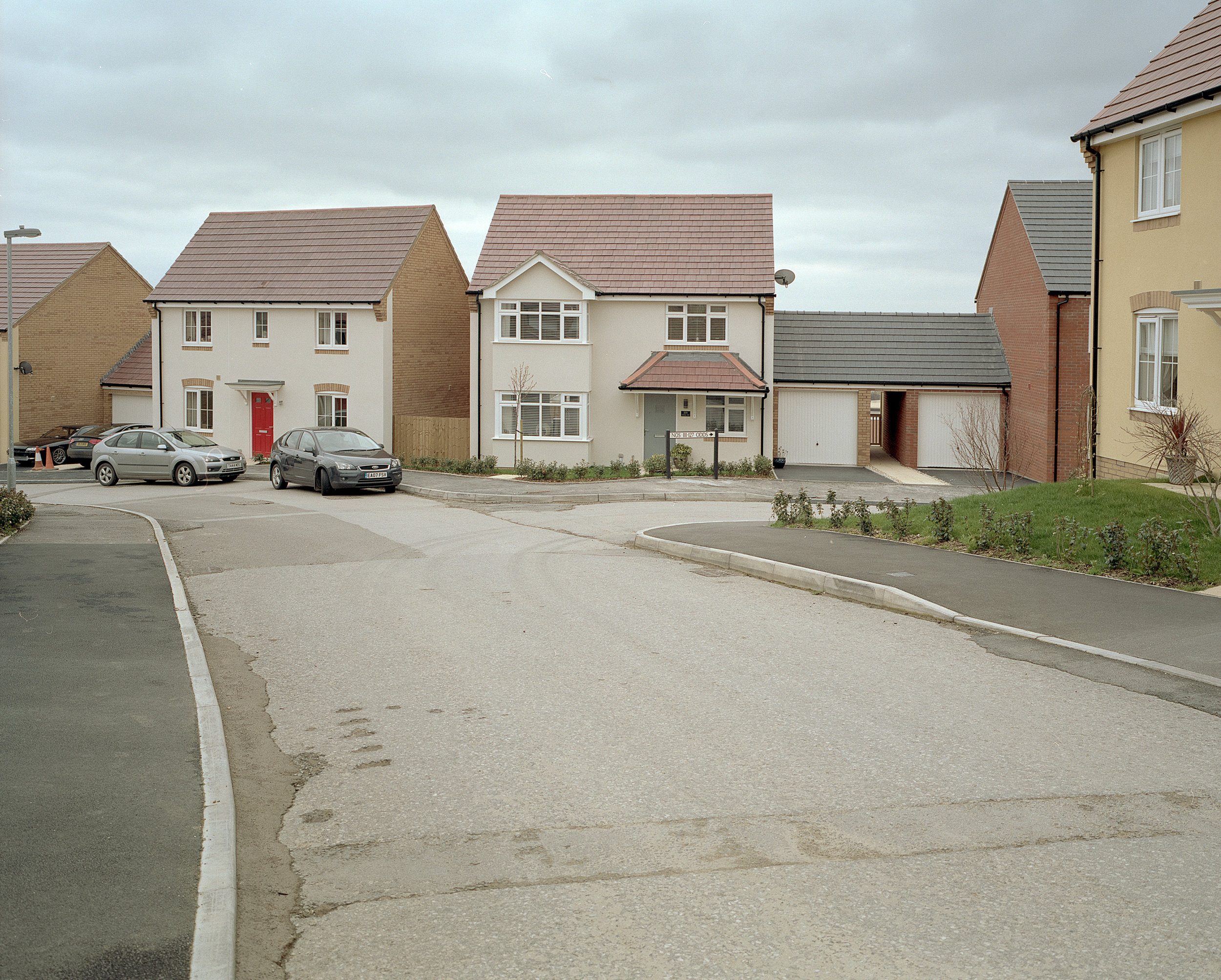Review of 1992 Contax S2 60th Anniversary Camera
Two years ago at a tram stop in Antwerp, I misstepped on the pavement's edge and fell over. It was a bit embarrassing and it wasn't helped by my own wife and daughter doubled up with laughter at my expense. 'Why didn't you put your hands out to break your fall' they asked. To them, it was the strange rolling fall of a short round man, a funny slow-motion accident. It could have been because as I fell my instinct was to protect the camera hanging around my neck. The fall wasn't that bad a couple of small cuts and a moment of humiliation but at least the camera was undamaged. Subconsciously I decided to risk injury to my elbows and knees rather than my CONTAX S2.
For me, having a strong connection with a camera, understanding it so that it seamlessly becomes a part of your shooting is important. I think that only by knowing your camera intimately can you concentrate fully on its primary purpose, making photographs. And because I don't have the capacity to know a multitude of different cameras nor do I want to, I do not have a big collection preferring to keep and use only what I need. That and I really don't like the idea of cameras sitting on my shelves unused.
One camera I do know well is my over-protected CONTAX S2. I sought and bought this camera for many reasons but overwhelmingly what attracted me most was its pure simplicity. Released in 1992 to celebrate Contax's 60th anniversary the S2 was a pared down, totally manual camera with limited features. In Contax's own words 'Simple is Best'. By selecting mechanical over electronic the S2 was an uncomplicated camera that turned its back on automation. In the 90s the best 35mm SLR's were packed with electronics and sophisticated automation reaching a zenith of auto-everything, most did not even have a winding lever. So Contax's daring gamble to do away with all but the most essential of camera operations was indeed novel for its time. Instead, they made a fully manual camera with a shock protected mechanical metal shutter that could fire at up to 1/4000 second. Dust and weatherproofed, using a traditional winding system, it was a reliable camera that was not dependent on batteries or electronics. Contax continued with its simple is the best philosophy on the S2's metering system. Fitted only with a spot meter that precisely targets and measures light in the central area of the viewfinder. Uninfluenced by illumination outside this critical area and with no other assistance from the camera it allows a photographer full creative control. Finally, the S2 was designed to use Carl Zeiss C/Y lenses, arguably one of the best ranges of photographic lenses ever designed.
I knew almost from the moment I got my S2 that it had the potential to be the right camera for me. A small, solidly built body that is designed with a nod to the classic SLR's of the 70s. The chassis is dressed with a warm-silver coloured titanium shell and wrapped in a classic black Contax leather surround. The pentaprism hump is wide and low with the CONTAX name finely embossed in black across its breadth. Dials either side control the speed and ISO selection, both turn with a precise positive movement. Next to the winding crank is the shutter button with cable release thread and engineered locking ring that completes the elegant top. The viewfinder is bright and has an interchangeable focusing screen. My camera is fitted with the standard FU 4 screen, a horizontal split microprism design. There are at least three other alternative designs available. With only the shutter speeds running vertically on the right side the viewfinder, it is uncluttered and clear. The set speed flashes red while the spot meter reading remains illuminated. Point the camera at something mid-grey read the number and set the dial or something like that!
And that is what I like most about the S2, it's a blameless camera. Blameless because you choose the only three important things when it comes to taking a photograph. ISO, aperture and speed. You direct the spot meter and you interpret its reading and that’s it. If there is a problem with the photo it's your fault nothing else. At first I thought this way of shooting would be a challenge but in fact, it is liberating. Free from options like metering and priority modes, exposure compensation, a viewfinder packed with flashing numbers and icons, with the S2 I am able to concentrate on taking photos. Allowing a photographer to take photos is what this camera does best. Simply best.
CONTAX S2 Specifications
Type: 35mm metal focal plane shutter SLR camera
Lens mount: Contax/Yashica mount
Shutter: Mechanically controlled vertical-running metal focal plane shutter
Shutter Speeds: B (bulb) 1 sec. - 1/4000 sec.
Flash Sync: X setting at 1/250 sec. or slower
Selftimer: Mechanical up to 10 sec. with mirror up
Exposure Control: Manual, TTL spot (ø 5mm centre of viewfinder)
Viewfinder: 95% field of view: 0.82 magnification
Multiple Exposure: Available using mechanical auto-resetting leaver under film advance winder
Depth of Field: Preview button
Dimensions: 135 x 90 x 51mm
Weight: 565g
